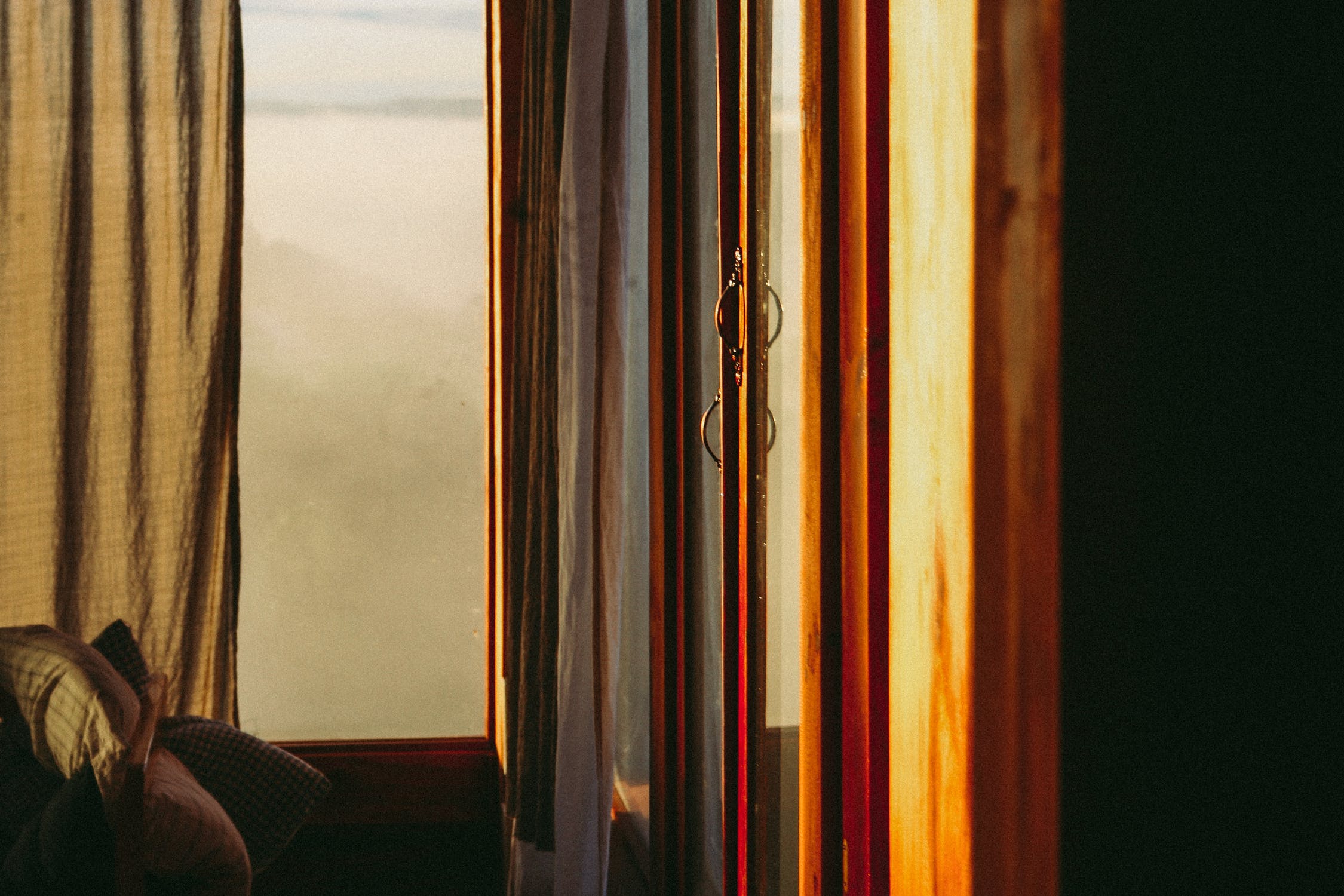How to Improve Indoor Air Quality
To improve air quality, learn the different types of indoor pollutants and find what practices property managers and tenants can adopt to control the amount of pollution that is created within a property.

The air we breath has a significant impact on our health and well-being. In a multi-family property, it’s important to prioritize indoor air quality since there is an increased opportunity for pollutants and chemicals in a shared space. To improve air quality, learn the different types of indoor pollutants and find what practices property managers and tenants can adopt to control the amount of pollution that is created within a property.
Types of Pollutants
1. Combustion Pollutants
Gases or particles that come from burning materials including space heaters, gas stoves, dryers and fireplaces that are either improperly vented or not vented at all. Common combustion pollutants include carbon monoxide and nitrogen dioxide, both of which are colorless, odorless gases.
2. Volatile Organic Compounds (“VOCs”)
VOC’s are a variety of organic chemicals that are released as gases from certain solids or liquids. They are commonly found in household products such as paints, cleaning supplies, building materials, air fresheners, carpets, sealing caulks, personal care products and cosmetics. Common examples of VOCs that may be present in our daily lives are: benzene, ethylene glycol, formaldehyde, methylene chloride, toluene and xylene.
3. Asthma and Allergy Triggers
Common household triggers include mold, dust mites, pollen, secondhand smoke, and pet dander. Living spaces can easily have mold growing in the bathroom, dust mites in pillows or stuffed animals, and animal hair on the floor and upholstery.

Tips for Property Managers
1. Regularly test the air quality in your building.
Get a professional to analyze a sample of your properties air at least twice a year to identify any potential threats. It is important to test for all possible contaminants to ensure you are checking for all possible hazards. Activities such as painting or home repairs can add chemicals to the air.
2. Change all the filters in your property on a regular basis.
Typically, air filters need to be changed every 90 days. As simple as it may be, filters can significantly alter your home’s airflow. HVAC (heating, ventilation and air conditioning) systems work more efficiently if air filters are changed on a regular schedule. Remind tenants to change their air filters or include this procedure in your regular maintenance check in routine.
3. Invest in alternative flooring (hardwood, vinyl, laminate, tile) versus carpet.
Carpet collects a great amount of allergens, particles, dust, pet dander, and debris. Hardwood, vinyl and laminate flooring doesn’t absorb pollutants and dust mites as carpet does. Due to this reason, air quality tends to be better in living spaces that don’t have carpet installed. These alternative materials are also easier to clean and maintain for years to come, whereas carpet tends to have a shorter lifespan.
4. Repair and maintain pollution related issues immediately. If there is a leak in a unit or molding in a bathroom, be sure to get a licensed handyman to fix the issue immediately to prevent further damage.

Tips for Tenants
1. When cooking, turn on a hood vent or open a window.
Apartments are often tightly packed, allowing fumes to build up quickly. Hood ranges are designed to remove chemicals, odors, smoke, moisture, grease and other pollutants that are released while cooking. Proper ventilation helps to prevent growth of mold and bacteria as well. Make sure your tenants turn on their exhaust hood before you start cooking and leave it on for at least fifteen minutes after you have finished.
2. Use exhaust fans in bathrooms.
The bathroom is a common source of indoor air pollution. If there is a lack of ventilation in the bathroom, mold and mildew can easily grow. When using the shower or tub, make sure tenants use a ventilation fan or open the window to let out the humidity caused.
3. Limit use of chemical ingredients.
Encourage tenants to use non-toxic cleaners and supplies. In smaller spaces, fumes from heavy chemical based products can quickly reach dangerous levels. Stay away from synthetic air fresheners and opt for all natural products. Toxic cleaning chemicals consist of ingredients that cause cancer, respiratory problems and other harmful health issues.
4. Minimize dust collection.
Carpets are a huge dust collector. If possible, avoid carpet within your unit. Other dust collecting areas such as curtains, blinds and other high surfaces are also important to keep an eye on. Encourage tenants to dust and clean these areas regularly to minimize dust collection within units.

